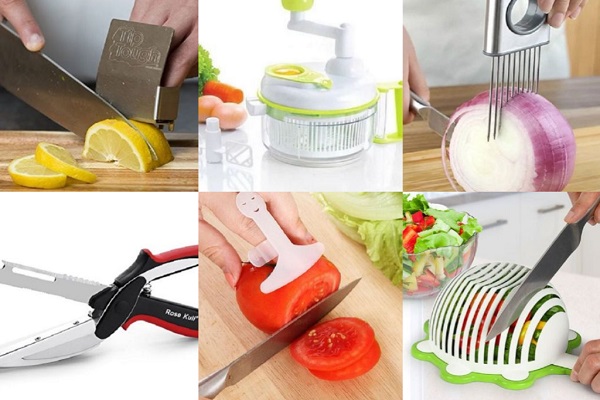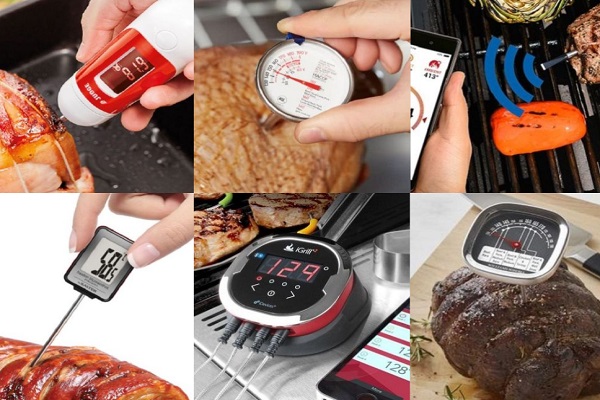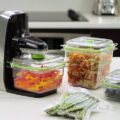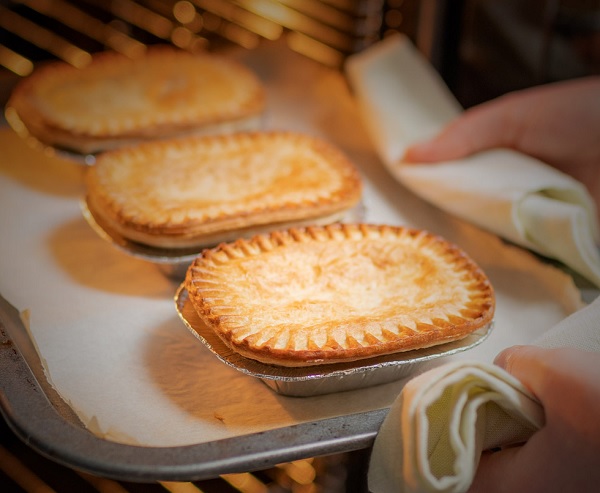
All of us are feeling concerned about what we see in the news and spend in the stores. Costs are rising much faster than inflation and incomes. We all feel the need to cut back, but how? Many of our major expenses like rent/mortgage, transportation and utilities are non-negotiable. But food can be a flexible part of our budgets. In other words, we have opportunities to save substantial money by reexamining where we spent our meal money.
Cutting back on food costs, however, does NOT mean you need to also sacrifice your health and sanity. Below we have compiled a list of top tips for saving money while eating better and reducing stress. They are listed in order from biggest savings to incremental reductions…
Eat At Home More
Americans spend some 50% of food dollars on out-of-home meals, snacks and beverages. This budget item, therefore, is the first area that can be cut way back. Cooking at home is almost always cheaper than going out to dinner, ordering takeout, or buying prepared foods-and healthier! Plan for a week of meals so you don’t waste food. With an online meal planning service, you can have your meal planning and grocery lists automatically generated so you also don’t waste time.
Use Those Ingredients
Before grocery shopping, try to use up food in your refrigerator, freezer and pantry. Stretch your budget by making a meal at the end of the week out of ingredients you haven’t finished. (Omelets, quesadillas, stir-fries and pasta sauces are flexible options.)
Use Those Leftovers
Pack up leftovers (sometimes it helps to do this before serving the meal so you don’t overeat!). Use them for lunches the next day, or freeze half for a future dinner. That way you get 2 meals in 1.
Use It All
Use up food in your refrigerator and freezer. Many people are sitting on hundreds of pounds worth of food that they’ve forgotten is in their freezer. Defrost and use something each week. Make a list of what’s in there and label and date the containers.
Use less meat!
Cooking with non-meat proteins like beans, tofu and eggs is very economical and healthy. You can often substitute boneless chicken for fresh fish in recipes, or use less expensive frozen fish and shrimp.

Frozen Not Fresh
Frozen vegetables are inexpensive, as well as healthy, delicious and convenient. Frozen at their peak of freshness they are a healthy and economic alternative to fresh produce.
Grow Your Own
One timely tip for Spring is to grow your own fresh herbs. It only takes about 10 minutes to plant a little herb garden in your yard or on your window sill or deck, so you can use your own crop instead of buying expensive herbs at the market. You can buy little pots of fresh herbs at garden stores for £2 – £3 each, which you can report and use all season long. (That is about the same amount you would pay at your grocery store for a small packet of fresh herbs that doesn’t last more than a week.)
Buy In Bulk
Buy in bulk packages-many stores have super deals, especially on meat, chicken and fish-you can break up the large packages into 1 or 2 lb. packages before freezing them. Also, buy large bags of shredded cheese and freeze 1 lb. portions of them, or buy blocks of cheese and grate it yourself. Buy large containers of items like yoghurt, applesauce, raisins and chips, instead of single serving sizes, and divide them into reusable containers yourself.
Stock and Store
Stock up on staples, such as olive oil, rice, canned beans, canned tomatoes, chicken or
vegetable broth, pasta, pasta sauce, frozen chopped spinach, frozen peas, onions,
lemons, limes, salsa, balsamic vinegar, and nuts (store them in the freezer).
Buy On Sale
Buy food when it’s on sale, especially non-perishables. Or just make sure to check the ‘use-by’ or ‘best before’ date when you buy food that has been discounted.
Armed with these suggestions, you should be able to shave hundreds of pounds off the cost of your family food bill while still eating healthy.








